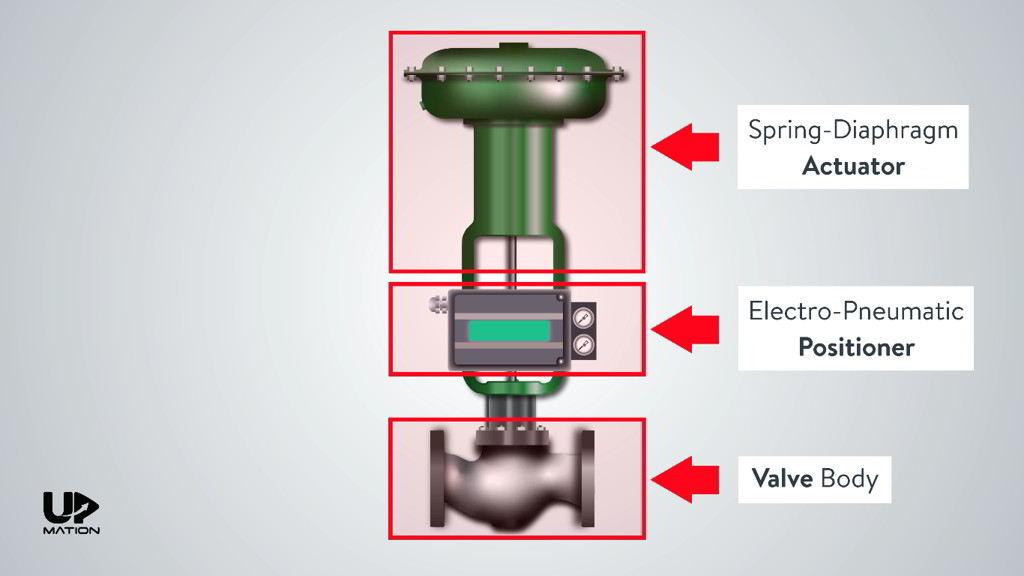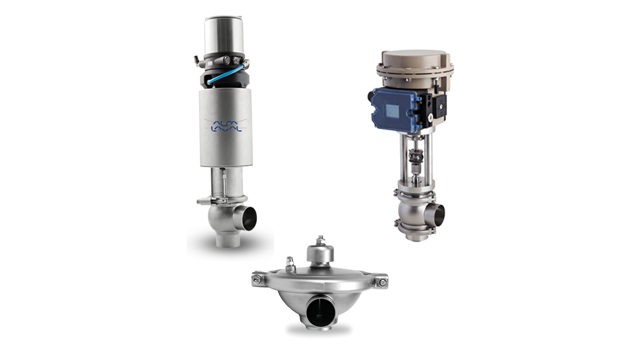Reliable Control Valves: Trick Components for Effective System Monitoring

Maximize Energy Cost Savings and Convenience With Advanced Building Automation Controls
In the realm of modern-day architecture and center management, the assimilation of advanced structure automation controls stands as a crucial innovation. By taking advantage of the power of automation, structures can adapt, react, and evolve in means that were once unimaginable.
Power Performance Perks
Power performance advantages can dramatically lower power intake and functional prices in structures. Energy-efficient systems, such as sophisticated building automation controls, can enhance the use of sources like air conditioning, home heating, and lights, leading to lower power expenditures over time.
Furthermore, enhanced energy efficiency can prolong the lifespan of structure tools and systems. By running more successfully, heating and cooling systems, light, and various other building parts experience less damage, leading to reduced upkeep and replacement prices. Furthermore, energy-efficient buildings often regulate higher home worths and rental rates, giving long-lasting economic benefits to proprietors.
Additionally, power effectiveness can boost resident convenience and productivity. Effectively regulated interior environments with ideal lighting and thermal problems create an even more helpful and pleasant office, resulting in enhanced employee contentment and performance. On the whole, the energy effectiveness advantages associated with sophisticated structure automation controls are multifaceted, including price savings, environmental stewardship, and owner well-being.
Boosted Convenience Control
Enhancing comfort control in structure settings needs an innovative integration of sophisticated automation systems for optimum occupant well-being. By using sophisticated structure automation controls, facilities can customize the interior setting to meet the details demands and preferences of residents. These systems allow specific policy of air flow, lighting, and temperature, developing a comfortable and productive environment. Passenger satisfaction and productivity are very closely connected to thermal comfort, making it necessary to have systems in location that can adapt to changing problems in real-time.
By incorporating these sophisticated controls, structures can not just enhance comfort yet also improve energy effectiveness by maximizing system operations based on actual tenancy and usage patterns. Ultimately, focusing on resident comfort with sophisticated automation systems leads to a more enjoyable and healthier interior atmosphere.
Operational Effectiveness Improvements

Furthermore, the application of real-time monitoring and analytics devices makes it possible for structure drivers to determine energy inadequacies and operational anomalies without delay. By constantly keeping an eye on energy use patterns and system performance metrics, adjustments can be made in why not look here real-time to optimize power consumption and make certain peak operational performance. control valves. Additionally, including demand feedback techniques right into building automation controls can better enhance functional efficiency by dynamically changing power usage based upon grid problems and prices signals
Indoor Environment Optimization
Efficient indoor environment optimization is an essential aspect of structure automation controls, guaranteeing owners' comfort and health while making the most of power savings. By using advanced sensors go to my site and controls, constructing automation systems can continuously check and adjust temperature, moisture levels, air high quality, and air flow to develop an ideal interior setting. Maintaining comfortable and constant problems not just improves owner complete satisfaction but additionally improves productivity and general health.
Indoor environment optimization also plays a crucial function in energy efficiency. By fine-tuning air conditioning, home heating, and air flow systems based upon real-time information and occupancy patterns, developing automation controls can substantially lower power usage - control valves. For instance, carrying out approaches such as demand-controlled air flow and thermal zoning can assist minimize power waste while ensuring that each location of the building receives the essential conditioning.

Sustainable Atmosphere Creation
Structure automation manages not only maximize indoor climate problems for energy performance and passenger comfort but likewise lay the foundation for producing a lasting atmosphere through strategic monitoring of sources and systems. By integrating advanced structure automation technologies, such as sensors, actuators, and smart software program, facilities can monitor and readjust power usage in real-time to decrease waste and decrease their carbon impact. These systems enable predictive maintenance, identifying prospective concerns before they intensify and maximizing equipment performance to boost Click This Link longevity and effectiveness.
In addition, sustainable atmosphere development expands beyond energy monitoring to encompass water preservation, waste decrease, and indoor air high quality renovation. Building automation controls can control water use, find leakages, and guarantee correct waste disposal practices, adding to overall sustainability initiatives. Additionally, by monitoring and regulating ventilation and filtering systems, these modern technologies improve resident wellness and efficiency while lowering energy usage linked with heating and cooling procedures.
Conclusion
To conclude, progressed building automation regulates deal significant benefits in terms of energy financial savings, convenience control, operational efficiency, interior climate optimization, and creating a lasting environment. By executing these controls, buildings can achieve optimum efficiency while minimizing energy consumption and improving owner convenience. It appears that using advanced automation technology is crucial in boosting structure performance and developing a much more sustainable future.
Power effectiveness benefits can significantly lower power consumption and functional expenses in structures. Generally, the energy efficiency benefits linked with sophisticated building automation controls are multifaceted, including expense financial savings, ecological stewardship, and passenger well-being.
Furthermore, including demand action strategies into building automation controls can additionally boost operational efficiency by dynamically changing energy usage based on grid problems and prices signals.
Structure automation regulates not just maximize interior environment problems for power efficiency and resident comfort but likewise lay the foundation for producing a sustainable setting via critical monitoring of systems and sources.In verdict, advanced structure automation controls deal substantial advantages in terms of power cost savings, comfort control, operational efficiency, interior environment optimization, and producing a sustainable environment.